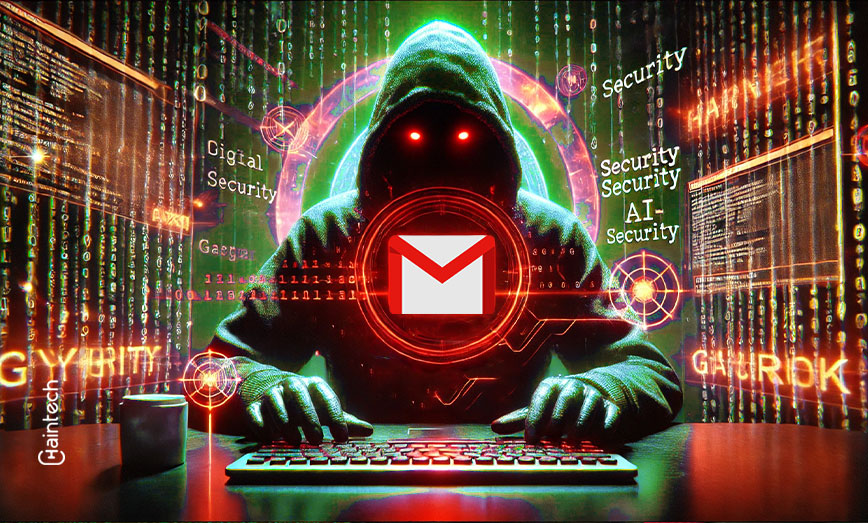Year 1978: The Birth Year Of The First Spam Email

Introduction
In a world dominated by digital communication, where every “ping” and notification holds potential importance, the term “spam” has become synonymous with the pesky intruders that infiltrate our email sanctuaries. Gone are the days when spam merely referred to a canned meat product; today, it’s the unwelcome flood of unsolicited emails promising everything from incredible opportunities to suspiciously miraculous products.
In this era of hyper-connectivity, where our inboxes serve as gatekeepers to our personal and professional spheres, the nuanced art of dealing with spam has evolved into an essential life skill. We’re constantly navigating through a barrage of messages, attempting to discern the genuine from the deceitful, the relevant from the irrelevant.
But how did we get here? Let’s rewind the clock to May 1978, a time when the concept of electronic communication was in its infancy, and the term “spam” took on a whole new meaning. This wasn’t just about the birth of the first-ever spam email; it was the dawn of an era that would shape our digital interactions and, inadvertently, redefine the landscape of annoyance in the online world.
The Origin of First Spam Email
The origin of spam emails traces back to Gary Thuerk, then serving as the Marketing Manager at Digital Equipment Corporation (DEC). Recognizing an extraordinary opportunity, Thuerk devised a strategy to broadcast his company’s offerings to a broader audience. During this period, DEC stood as a pioneering contributor to the nascent era of computing.
In an effort to promote DEC’s latest product line, featuring VAX (Virtual Assistant eXtension) Computers, Thuerk strategically employed the ARPANET, the precursor to the modern internet. Unbeknown to him, this initiative would inadvertently trigger a paradigm shift in the landscape of digital communication, giving rise to electronic nuisances.
On May 3rd, 1978, Thuerk executed the plan by sending out the first spam email to 393 unsuspecting ARPANET users. Little did he anticipate that his name would be written down in history as the individual responsible for initiating the era of spam emails within the ARPANET community.
The Historical Move
During the dissemination of the first spam email, Gary Thuerk’s primary objective was to boost sales. In contemporary terms, Thuerk’s approach could be perceived as a strategic marketing move. His intention was to inform recipients about an upcoming event hosted by his company and to introduce a new product line. Regrettably, the recipients did not share his enthusiasm, finding the unexpected intrusion into their inboxes displeasing.
The aftermath of the spam email distribution saw a surge in complaints from hundreds of recipients, with one asserting that the spam mail had allegedly damaged his computer—a claim open to interpretation. Nevertheless, the situation escalated quicky, prompting the intervention of the US Defence Communication Agency, which filed a complaint against Thuerk’s company.
Despite the negative repercussions, Thuerk’s initiative resulted in a noteworthy $13 million in computer sales. This underscores the influential impact of the first spam email. Simultaneously, the incident shed light on the necessity for guidelines and regulations to prevent the potential misuse of this burgeoning form of interaction.
In the aftermath, a period of relative calm ensued, marked by a scarcity of similar incidents. However, the episode catalyzed the development of email filtering and anti-spam technologies to address the inherent risks associated with unwanted emails. Consequently, the evolution of spam detection algorithms and filtering mechanisms emerged as integral facets of contemporary email security solutions.
Learnings From the Episode
The first spam email incident of 1978 stands as a significant moment in the evolution of cybersecurity, serving as a catalyst for fundamental changes in how we approach digital threats. This incident was not merely an isolated annoyance but rather a harbinger of the challenges that electronic communication channels would face in the years to come.
At its core, the episode underscored the need for proactive measures to confront and mitigate emerging cyber threats. Gary Thuerk’s unsolicited spam email, though seemingly innocent at the time, opened a Pandora’s box of vulnerabilities within electronic communication systems. The incident brought into sharp focus the pressing need for comprehensive regulations and robust security protocols to safeguard these channels against misuse and potential harm. The incident compelled a paradigm shift in the development of technologies designed to secure email communication.
To conclude, the first spam email incident of 1978 was not just an early hiccup in the digital world; rather, it served as a transformative moment that shaped the contemporary landscape of cybersecurity. Today, as we navigate the intricacies of electronic communication, we owe a debt to this historic incident for steering the course toward a more secure and regulated digital environment.









